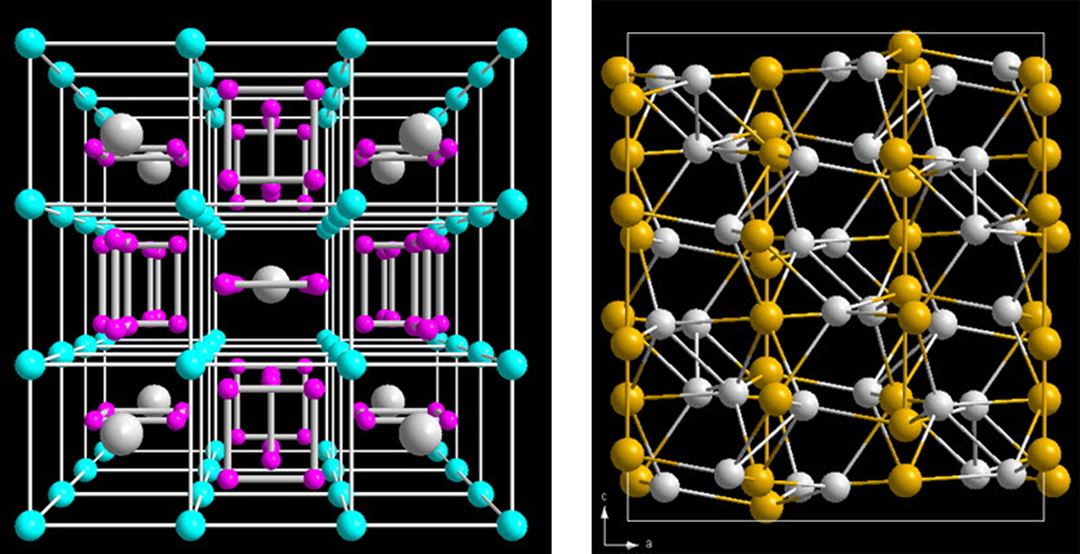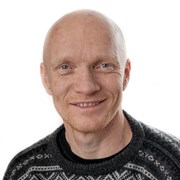Our services and customers:
We have extensive experience in basic and applied studies of thermoelectric materials and systems. We contribute to developing new materials systems to meet the needs of industry and through government-funded projects for the development of new generations of thermoelectric generators and modules. We work closely with other institutes, universities and industry at home and abroad.
We work in the following areas:
- Characterization of morphology and structure by advanced microscopy and spectroscopy.
- Measurements of thermoelectric properties.
- Modeling of thermoelectric properties with fundamental methods at the atomic level.
- Modeling of thermoelectric performance at higher scale using methods with and without spatial resolution.
- Processing and treatment of materials for nanostructuring, metallization, application of protection etc.
- Assessment of which materials and systems are best suited to a particular application.
- Development of new concepts for use in next-generation thermoelectric materials.
- Testing of reliability and durability by heat treatment and mechanical testing of materials and module level.
Method:
We work interdisciplinary with physics, chemistry and materials science as our basic competence. We collaborate with experts on system analysis, toxicology and social sciences in projects where appropriate. During the development of novel materials, we keep close links between different types of theoretical and experimental expertise to accelerate progress. Various characterization techniques are employed to identify weaknesses and opportunities for improvements of existing systems.

Typical projects:
- Development of new thermoelectric materials and systems in cooperation with national and international stakeholders.
- Theoretical studies of the potential of a thermoelectric material and system.
- Characterization of thermoelectric systems and modules before and after testing.
- Testing of stability and durability.
- Dissemination of the knowledge base and relevant information to stakeholders at various levels (government, industry and the public).

